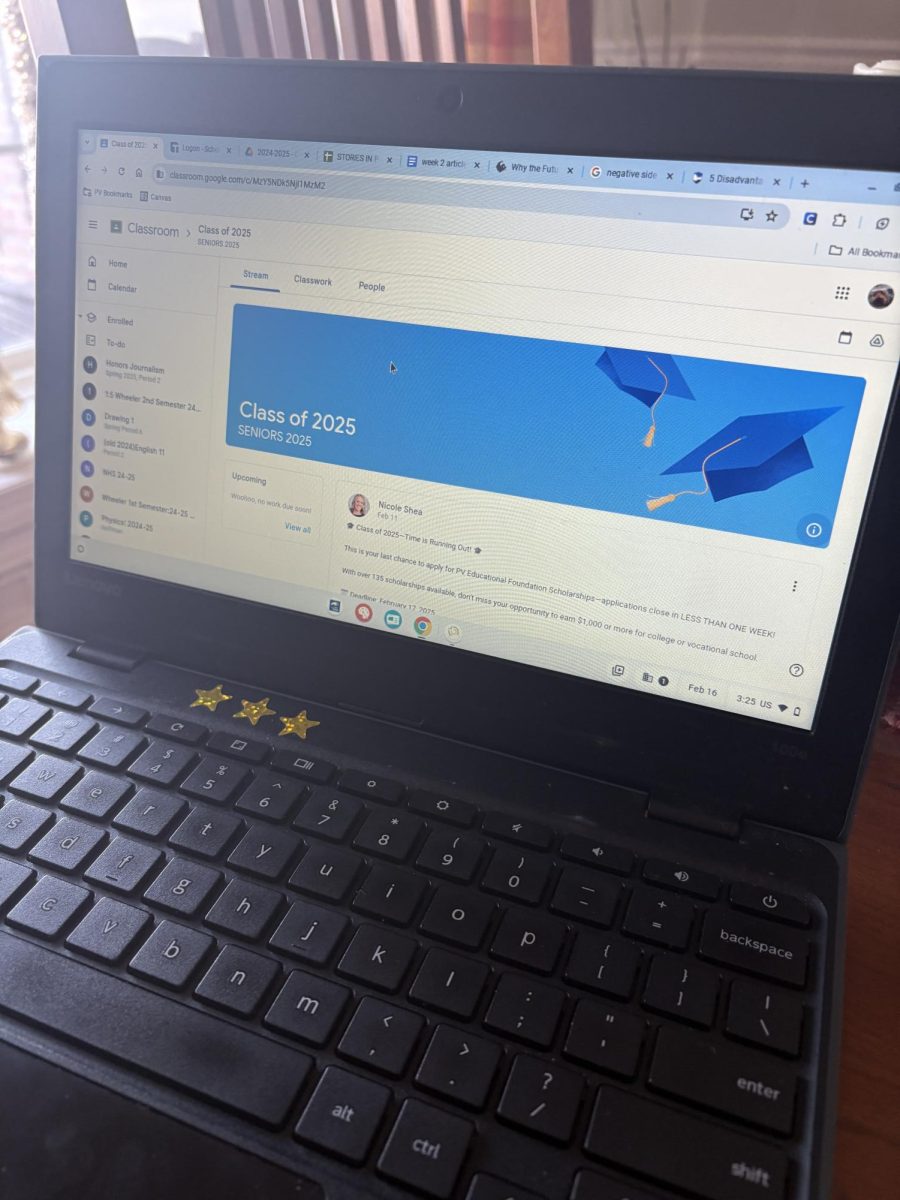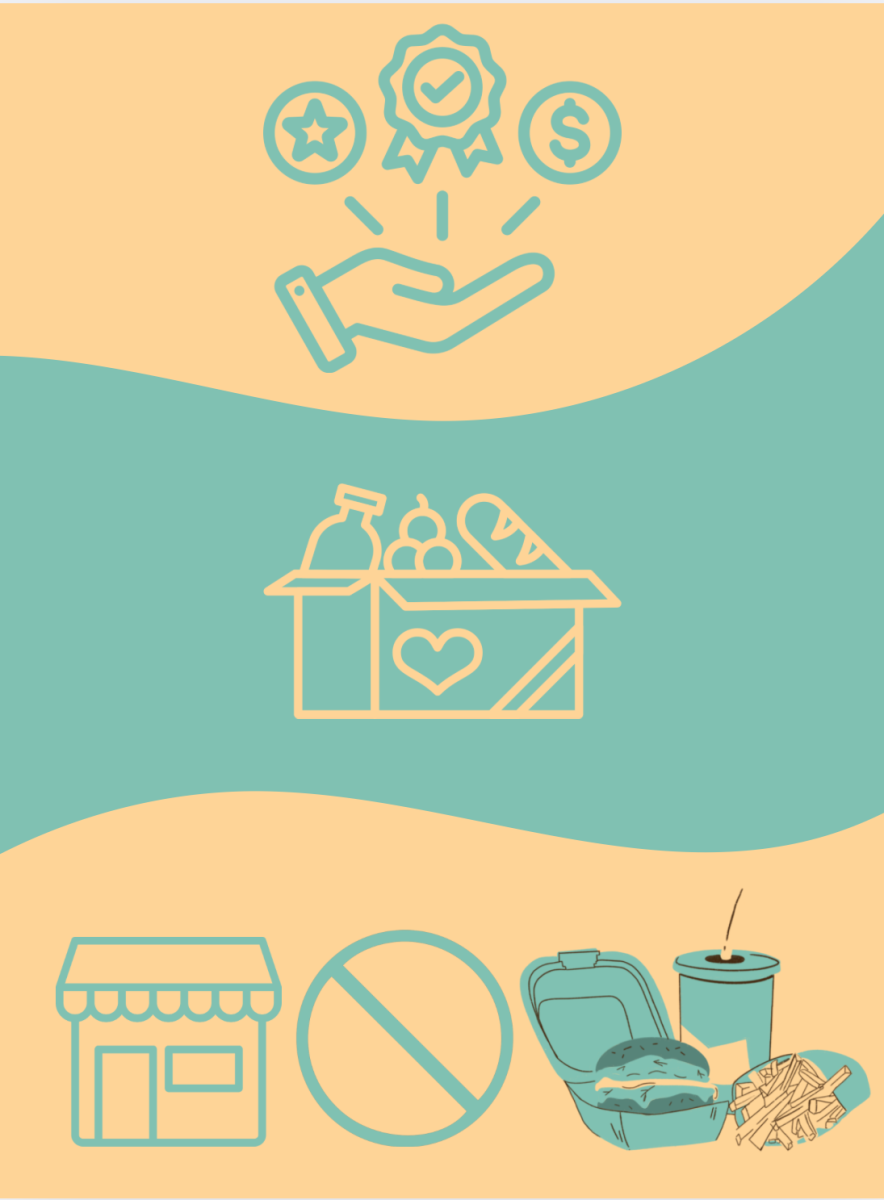Technology has changed the classroom dynamic drastically, and while online resources are convenient and timely, many have started to feel that an overreliance on such tools has negatively impacted learning environments.
With a vast amount of educational content being found online, it’s no surprise that learning has now been centered around the internet. As a result, Chromebooks have been adopted by many schools across the country due to their efficiency in delivering resources to students. What is neglected, though, is how this type of learning negatively influences the way students interact and engage in the classroom.
AP Calculus teacher Erik Belby shared his experience, explaining how students miss out on many critical skills when spending too much time online. “I think COVID led people to believe that students would learn at home with Chromebooks. It didn’t go well. No social interaction and little repetition. We have also been told by consultants and businesses selling tech gadgets that their products will change the game for our students and improve test scores. I’m not sure that has happened. In fact, I have seen research that says reading and math scores have dropped when students have done their work on screens instead of with pencil and paper,” said Belby.
Every year, students are consuming more and more educational content from screens. Many companies that produce these learning resources fill them with distractions in an attempt to one-up other online learning services. They also lack genuine feedback for students, which can be frustrating and discouraging.
Belby discussed the implications of commercializing the education world and the pressure teachers and students face to conform to online teaching methods. “Educators are often told to make learning relevant or cool by employing the latest technology in an effort to relate to students and make learning fun. Although there are benefits to technology, we have to be careful that we don’t overdo it or become dependent on it,” he said.
Students are often criticized for their dependence on phones and the internet. However, when Artificial IntelligenceI is writing lesson plans, and some classes are forced to be structured around websites, it’s hard to isolate phones as the only piece of technology detracting from students’ ability to learn in school. For example, the school is experimenting with different online subscriptions for science classes to use for student work. Gizmos was an unpopular site among students a few years ago, and now it seems the focus has been shifted to resources like Positive Physics.
The result of rapid technological innovation in our society has led many to quickly abandon traditional teaching methods, resulting in human interaction becoming less and less common in the classroom.
Despite the current side effects seen from too much technology in classrooms, online teaching methods continue to be promoted in hopes that the convenience will benefit the majority. “I definitely think that technology is too heavily relied on in the classroom, but I feel like it’s necessary because it is much faster to get work done. I also feel like it’s easier for teachers to grade assignments,” said senior Constanza Viera.
With its efficiency, there is no doubt that technology will continue to have a place in the classroom. The question surrounding the issue is how to balance resources. Students shouldn’t be expected to learn like robots, yet the current learning environment deprives them of social interaction and discourages engagement.
If the goal for classrooms is to create an environment that fosters critical thinking and meets students where they are at, then Chromebooks, AI and online curricula should not be treated as a placeholder for teachers. The education students receive needs to involve real-life experiences where they can not only learn the class material, but also continue to develop as people, building on skills like communication and independent thinking.









